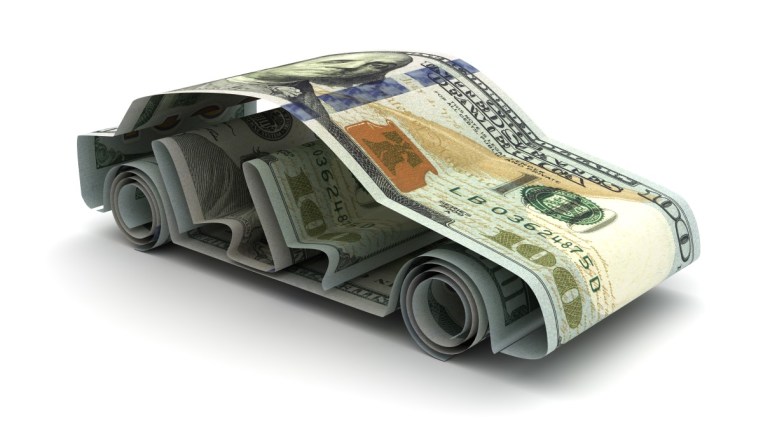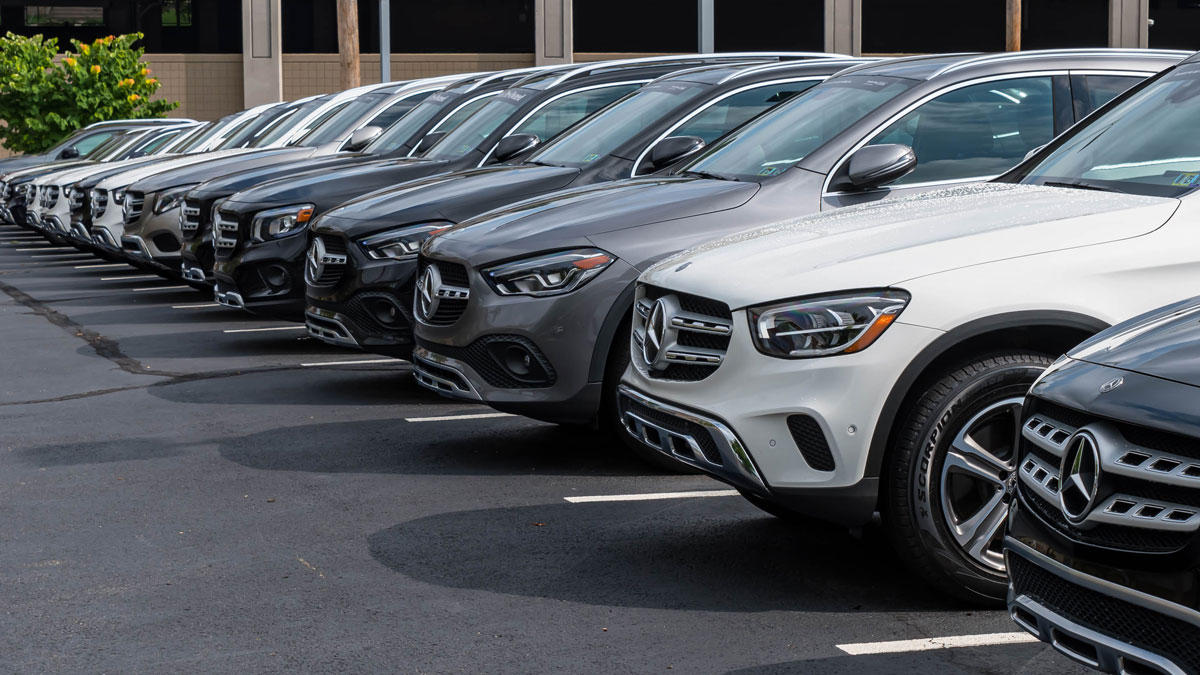
The Board of Governors of the U.S. Federal Reserve System, commonly called the Fed, announced the move yesterday. The Fed has now increased its rate this year by 2.25 percentage points and plans to move rates to 3.5%, if not more, by year-end.
Cox Automotive Chief Economist Jonathan Smoke explains, “A 1-point change in a 30-year mortgage has a 12% impact on the average payment, all other factors equal. A 1-point change on a 6-year auto loan has a 3% impact on the average payment.”
Cox Automotive is the parent company of Kelley Blue Book.
Impact Limited for New Car Shoppers
The Fed’s move will have limited impact on new car shoppers, however, because other factors have already changed their choices.
Supply chain problems have left automakers unable to build cars as fast as they normally would. With limited capacity, they’re focused on building the products that make them the most money. Dealers have fewer, more expensive cars to sell.
As a result, the average new car price has hit a record high this summer, reaching over $48,000.
That trend means that new car shoppers this year are mostly “higher income and higher credit quality buyers who are less negatively impacted by the current inflation trends,” Smoke says.
If interest rates increase enough to slow demand for new cars, Smoke says, dealers could start to increase inventory. “In that scenario, we could see the return of some discounting and incentives.”
But, for the most part, the limit on new car sales has been supply, not credit availability.
Used Car Shoppers Already Feeling Pain Elsewhere
In the used car market, different factors apply.
“Used-vehicle buyers are more likely to be more negatively impacted by higher prices for energy, food, and rent,” Smoke explains. Higher loan rates might keep some subprime buyers away from used car lots. But many have already been chased away by the same squeeze on their budgets that the Fed is trying to fix.
Used-vehicle inventories have moved closer to normal levels, and used vehicles are depreciating again, Smoke says.
The average used car price declined in June and used car lots are beginning to refill with cars. Meanwhile, fewer consumers were qualifying for car loans even before this latest Fed move.
“With auto loan rates continuing to rise, the U.S. vehicle market is becoming even more dependent on higher-priced product and higher-income buyers,” Smoke says. “As a result, the dream of a new vehicle is fading from view for more American households.”







